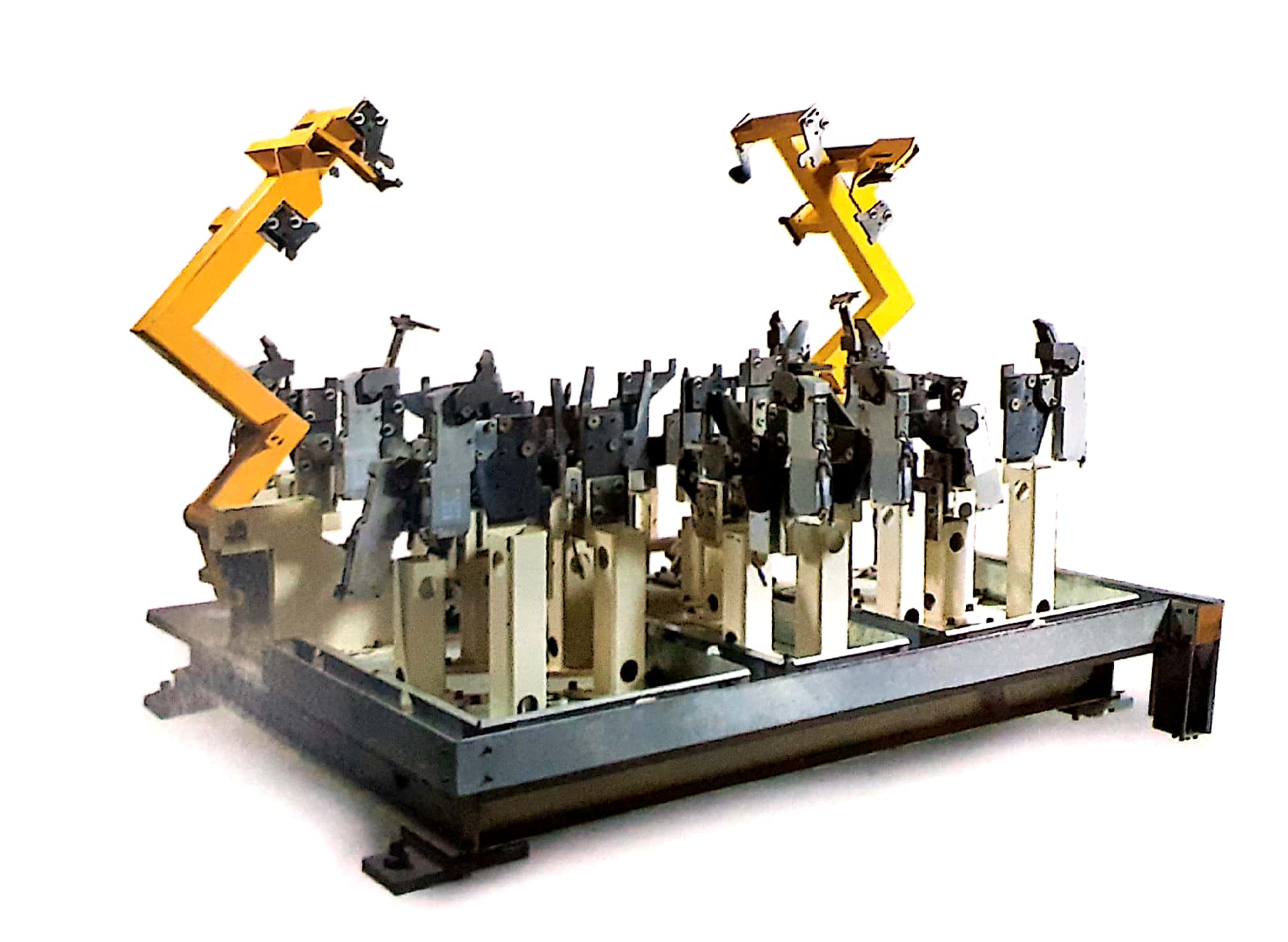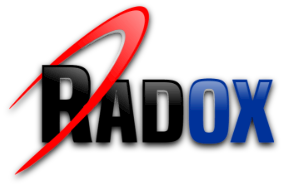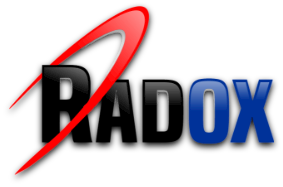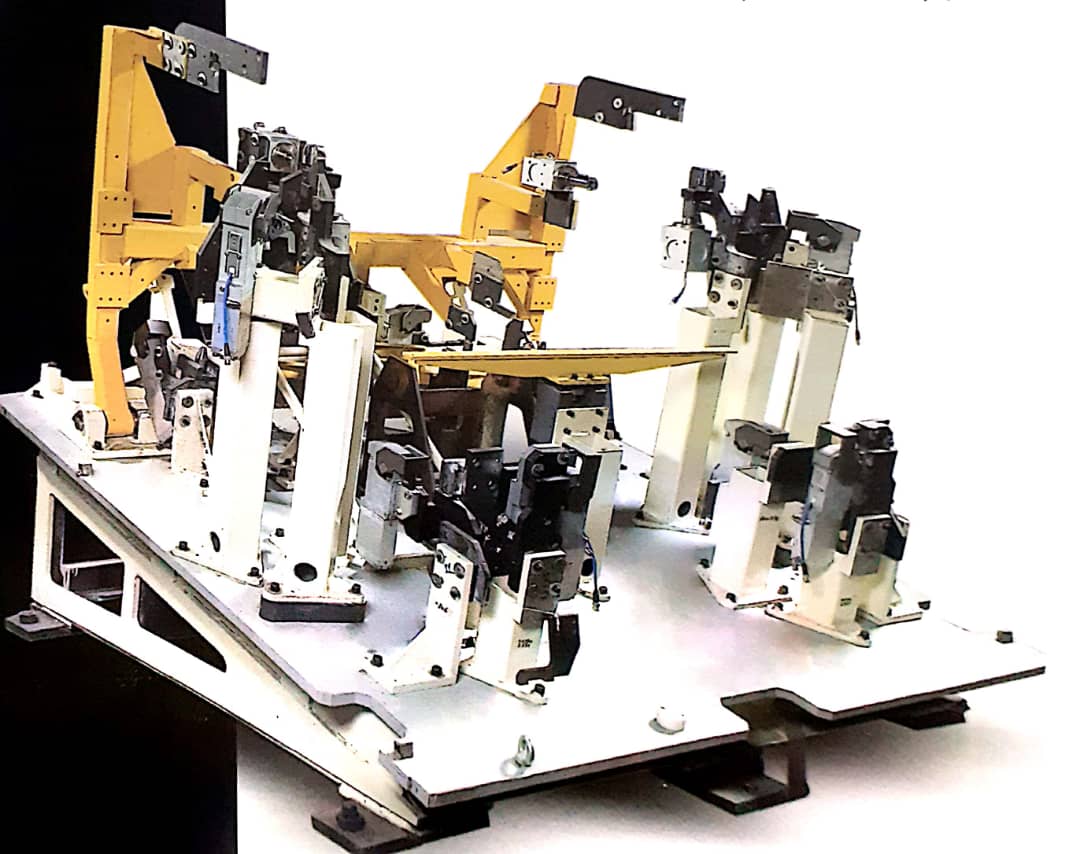Jig and Fixture

Jig is a tool for maintaining and locating workpieces, as well as guiding tools for a machining operation. In other words, a jig is a tool for guiding machining tools accurately. In fact, the main purpose of using jig is to machine or drill products in the production line accurately and without error.
Important points about jigs are:
Jigs are used in two-dimensional processes such as drilling, tapping or electrification.
There are many types from very light and simple to heavy and complex.
With Jig, there is no need to confuse the block, but the cost of building Jig may be higher.
Fixture
A fixture is a device for storing and placing a workpiece, except that it is not responsible for guiding the tool and is used to keep the workpiece in a certain position. A fixture is a device in which a workpiece is placed to be ready for machining.

Important points about fixtures are:
Fixers are usually attached to a machining table.
The use of gague blocks may be required.
They are very useful in milling processes.
The cost of producing fixtures is usually lower than jigs.
Jigs and fixtures
Both are used to reduce production time and error. But because the jigs are also responsible for guiding the instrument, special bushings or tabs are used in their production that the fixtures do not have.
Jig and fixture design
The factors that should be considered in designing a jig and fixture are as follows:
Check the workpiece
Recognition of clamps and loading and unloading
Study of tools and issues including vibration and strength
Calculate the tolerance and looseness between the jig and the workpiece
Consider the process of leaving the workpiece.
Safety issues for the operator , during production
Types of jigs
Planarity jig
Perforation
Tapping
Loop (ringular)
Box-shaped
Profile
Angular
Types of fixtures
Welding
Milling
Machinery
Assembling
Modular

Why use jigs and fixtures?
Reduce installation time before machining
Reduce operator training time
Increase the accuracy and quality of production
Increase production
Apart from these, Jig and Fixture also have the following disadvantages:
They corrode and wear out.
The cost of producing or reproducing them is high
Many materials are used to produce them and they are heavy.
Uses of jig and fixtures
Manufacture of car parts
Inspection of products produced in production lines
Oil and gas and plumbing industries
Multi-axis milling
Materials which is used to make jigs and fixtures
Gray cast iron
Hardened steel
Carbide
Plastic
Teflon
Stainless steel
The high accuracy of automation products is the result of using up-to-date design and engineering software.
Examples of RADOX experiences in various industries, participation in projects such as:
IRANKHODRO company
Peugeot 405 production line fixtures
Samand limousine production line fixtures
Peugeot RD production line fixtures
Features of Peugeot 206 production line
Peugeot SD 206 production line fixtures
Peugeot L 90 production line fixtures
SAIPA Company:
Pride production line fixtures
Color line automation
Bahman Automotive Group:
Mazda 323 and mazda3 production line fixtures
Hepco Company:
Fixers for loader and grader production lines
SAPCO:
Peugeot chair production line checkboxes
Cement factories:
Machining jigs and several other industrial projects


